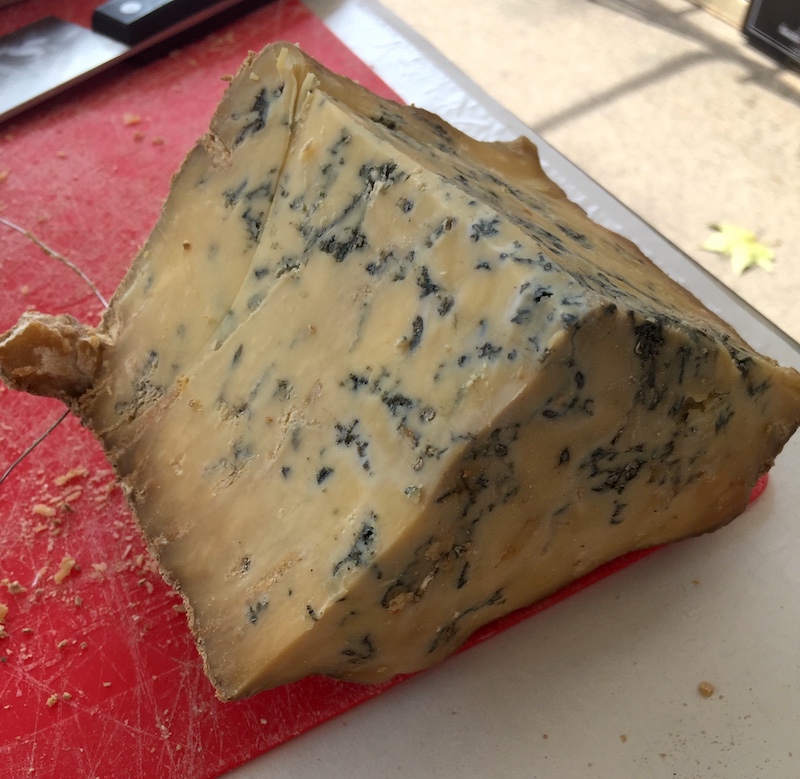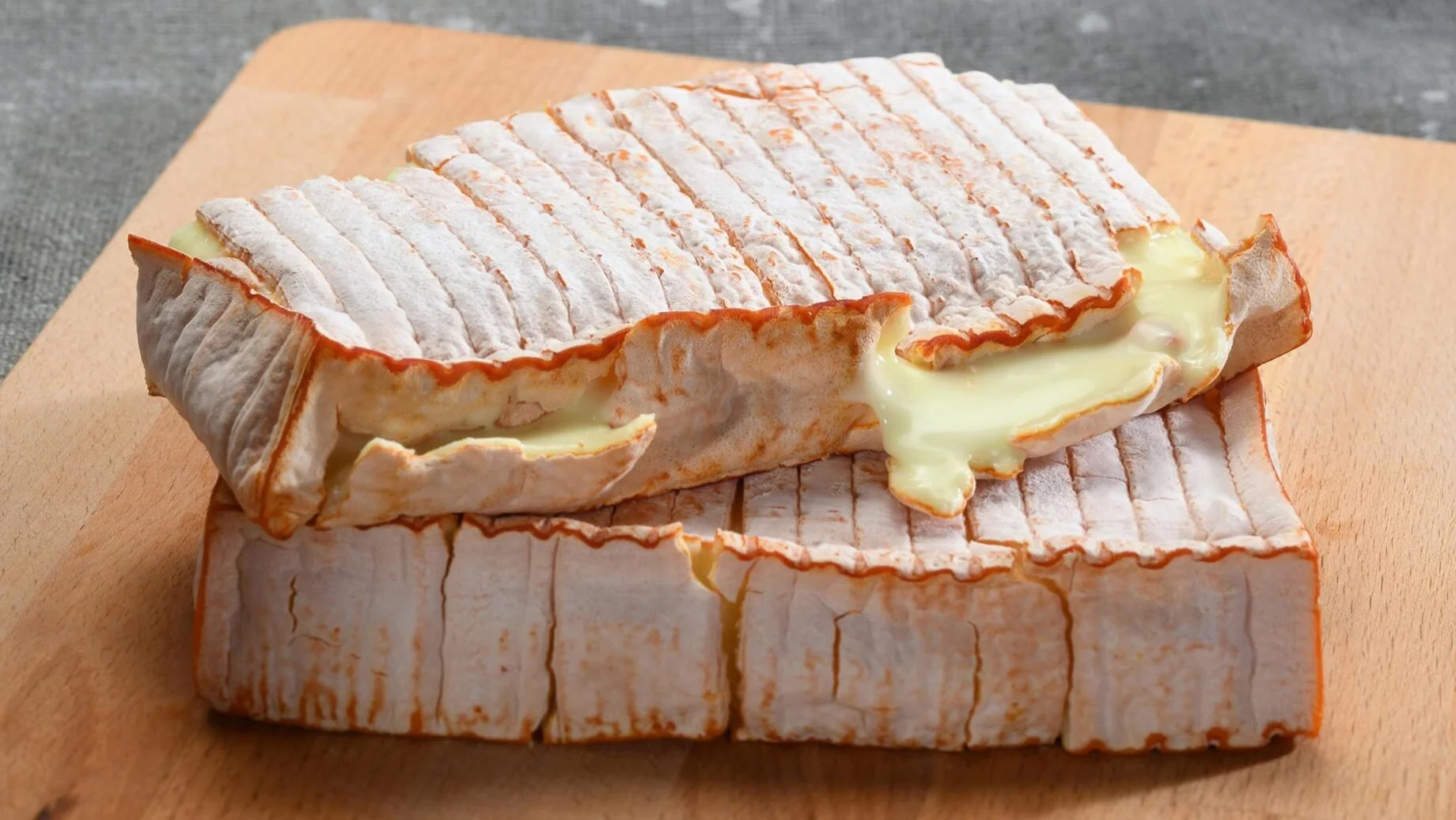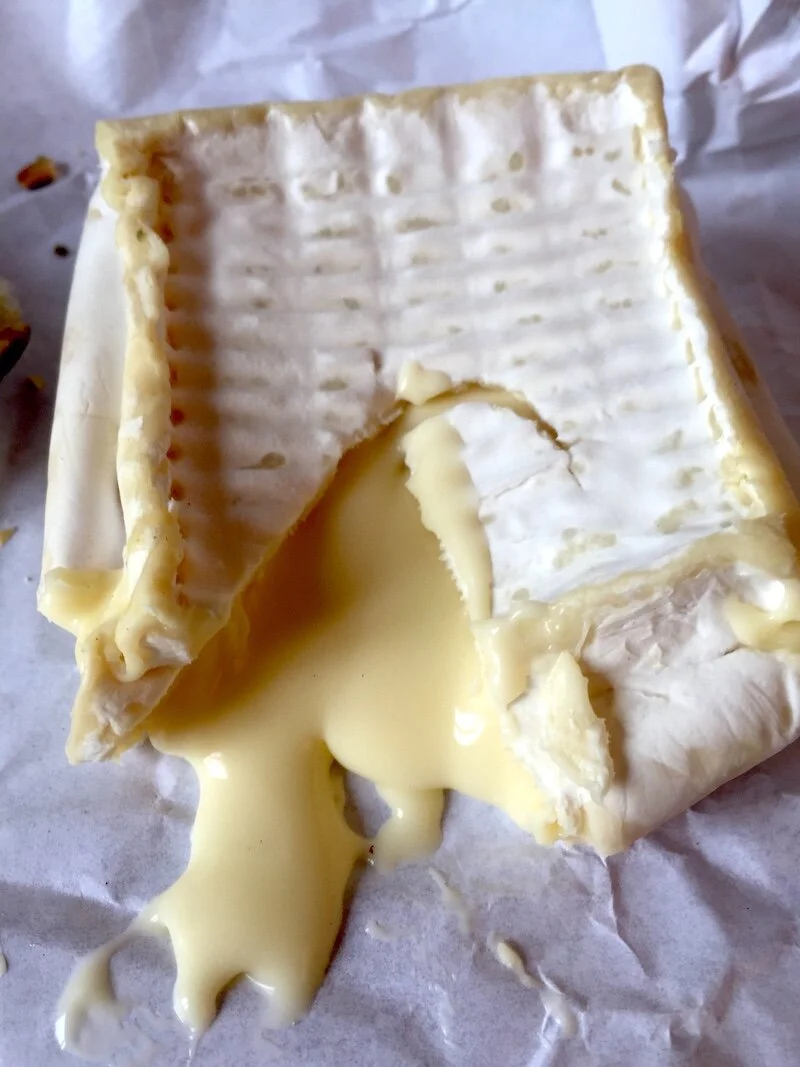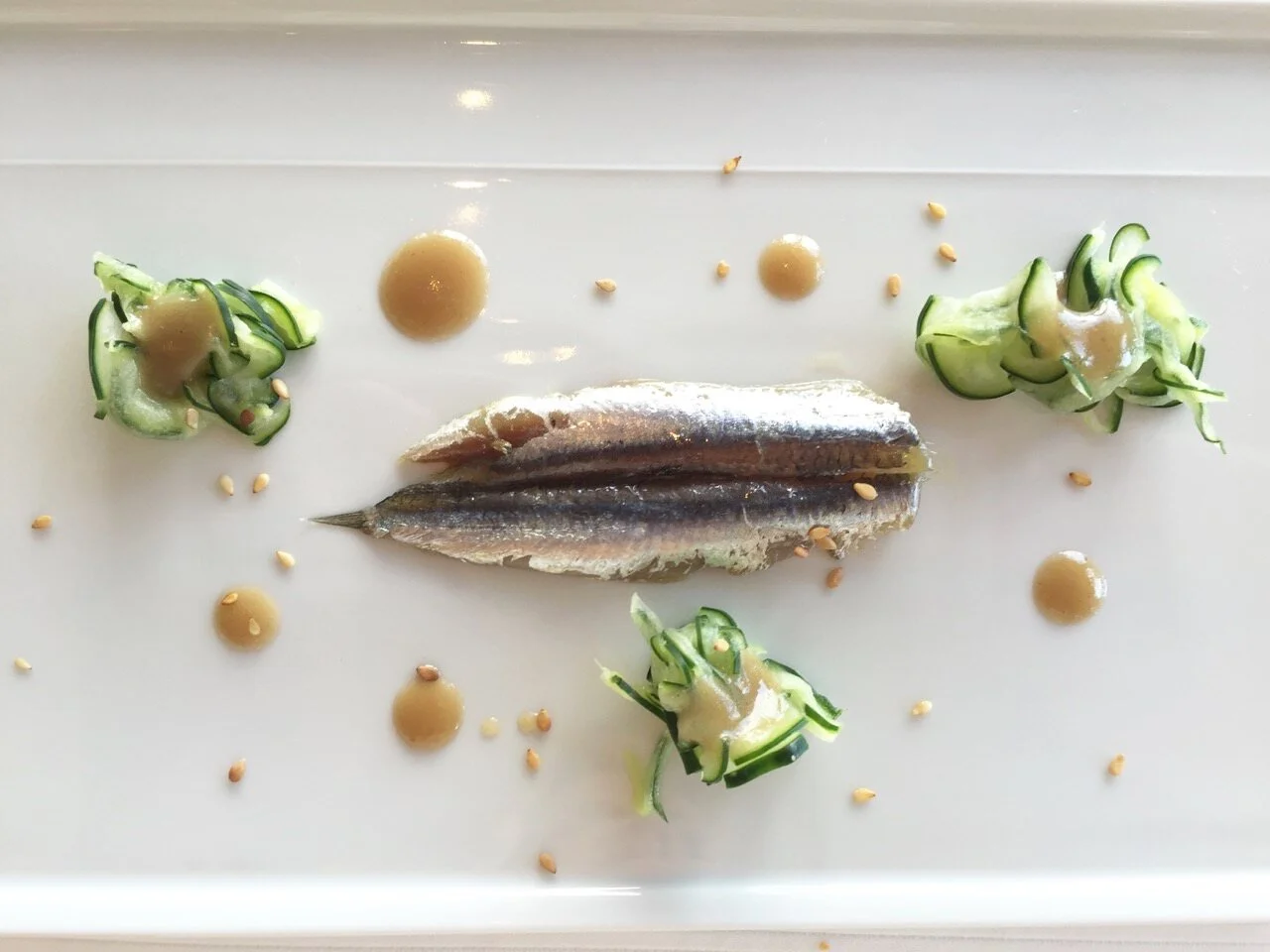World Cheese Encyclopaedia - Each Sunday learn all about a new cheese.
This week Stilton from the United Kingdom.
Country: United Kingdom 🇬🇧
Region: Derbyshire, Leicestershire and Nottinghamshire
Made from: Cow’s milk
Pasteurised: Yes
Texture: Smooth, creamy, crumbly
Taste: Blue, tangy, sharp, strong
Certification: PDO
Aging: 9 weeks minimum
Stilton is one of the most well-known, beloved and famous of British cheeses. It is known as “The King of English Cheeses”. It is the only British cheese to have a Certification TradeMark and a PDO – Protected Designation of Origin status awarded by the European Commission. It has a long history and has been written about and celebrated as part of British culture over many years.
Stilton cheese can only be produced in the three counties of Derbyshire, Nottinghamshire, and Leicestershire according to the rules of the PDO certification and must be made from locally produced pasteurized cow's milk.
As a result, cheese made in the village of Stilton, in Cambridgeshire (from where the name was derived in the 18th century), cannot be sold as "Stilton".
Stilton is made in two varieties, Blue and White. Blue Stilton is the more famous variety, well known for its distinctive strong taste and smell and the blue veins that run through the cheese.
Penicillium White Stilton does not have the blue veins running through it as it does not have roqueforti mould introduced during production. It, therefore, has quite a different taste profile and is frequently used as a base for blending with apricot, ginger or other fruits to create dessert cheeses.
According to the PDO rules – in addition to the location of production, in order to be called a Blue Stilton the cheese must adhere to the following rules:
Be made from local milk, which is pasteurised before use.
Be made in the traditional cylindrical shape.
Form its own crust or coat.
Be un-pressed.
Contain delicate blue veins radiating from the centre.
Have a "taste profile typical of Stilton".
Contain a minimum 48% milk fat in the dry matter
Have a fat content of approximately 35% and protein content of approximately 23%.
Stilton cheese is made in a cylindrical shape and allowed to form its own coat or crust.
Photo: Designgeist at English Wikipedia
Penicillium fresh pasteurized milk is poured into large vats, followed by the addition of a blend of cultures and rennet. A special yeast that allows for the First roqueforti mold to develop and grow at a quickened rate is also included in the mixture. Once the milk has curdled, it is cut, separated and left for the whey to strain off. Milled and salted, the curd is then transferred into molds. The molds are then placed on shelves and turned daily. Care is taken to avoid compressing the curd, to ensure the development of the cheese’s flaky texture. After a week the curd is smoothed by hand and then set to age for around five weeks. The cheese is then pierced with steel needles, allowing the blue veins to breathe and grow. After nine weeks, the cheese is ready to be sold.
Stilton is very creamy – 17 gallons of full-fat milk go into a 14lb cheese. Its texture is crumbly and soft. It has a rich strong aroma, and the flavor is blue, spicy, and complex, creamy and nutty but with a salty finish.
History
Blue Stilton takes its name from the village Stilton just south of Peterborough which was a coaching stop on the Great North Road. Recent research has confirmed that a cheese named Stilton was made here, although it seems that it was a hard-pressed, cooked cream cheese, quite different to the recipe of today.
The history of Stilton can be traced back to the early 18th century with a number of printed references referring to the cheese. In 1721 a recipe for a Stilton cheese was published by Richard Bradley, later first Professor of Botany at Cambridge University. Daniel Defoe in his 1724 work A tour thro' the whole island of Great Britain describes passing through Stilton “a town famous for cheese, which is call'd our English Parmesan…”
According to the Stilton Cheesemaker's Association, the first person to market and sell Blue Stilton cheese was Cooper Thornhill, owner of the Bell Inn in Stilton. Being on the Great North Road, a main stagecoach route from London to Northern England, he was able to promote the cheese and the fame and sales of Stilton spread rapidly. Due to the growing demand, legend has it that he made a deal with Frances Pawlett (or Paulet), a "skilled cheese maker" of Wymondham, Leicestershire, to supply a slightly different version – also called Stilton which was most likely the forerunner of the Blue Stilton we know today.
Production of cheese ceased in the village of Stilton during the course of the 18th century with most Stilton being produced in Leicestershire, Nottinghamshire and then Derbyshire.
In 1936 the Stilton Cheesemakers' Association (SCMA) was formed and began to lobby for regulation to protect the quality and origin of the cheese. In 1966 Stilton was granted legal protection via a certification trademark, the only British cheese to have received this status.
Stilton has become a true part of English culture.
Photo: Nicolas.com
The British author G. K. Chesterton wrote a sonnet about it, “Sonnet to a Stilton Cheese”. A character named G. D'Arcy "Stilton" Cheesewright appears in several of the Jeeves novels of P. G. Wodehouse. George Orwell wrote in an essay "In Defence of English Cooking", published in the Evening Standard in 1945 "…Then there are the English cheeses. There are not many of them, but I fancy that Stilton is the best cheese of its type in the world, with Wensleydale not far behind."
How to Enjoy It
Blue Stilton is often eaten with fruit and nuts such as walnuts, apples or pears but also is served with celery and is delicious drizzled with honey. It is perfect eaten on crackers, bread, and oat biscuits. The rind is edible and many find it delicious. The flavour of the cheese makes it very versatile and it can be used for sauces for meat, crumbled over salads, or even added to soups.
Some scoop a hollow in the center of the cheese and pour port wine into it – however this practice is rather frowned upon, as it can cause the cheese to dry out. Stilton is traditionally served with Port at Christmas time with which it pairs wonderfully. It also is lovely with a sweet sherry or a Madeira.
Sources: Wikipedia, stiltoncheese.co.uk, Castello cheese, cheese.com, stilton.org, cheeseboard.co.uk
Looking for a different cheese? Search the whole cheese encyclopaedia here.
Have you always dreamed of becoming a better cook? Now you can with our online video cooking classes


































